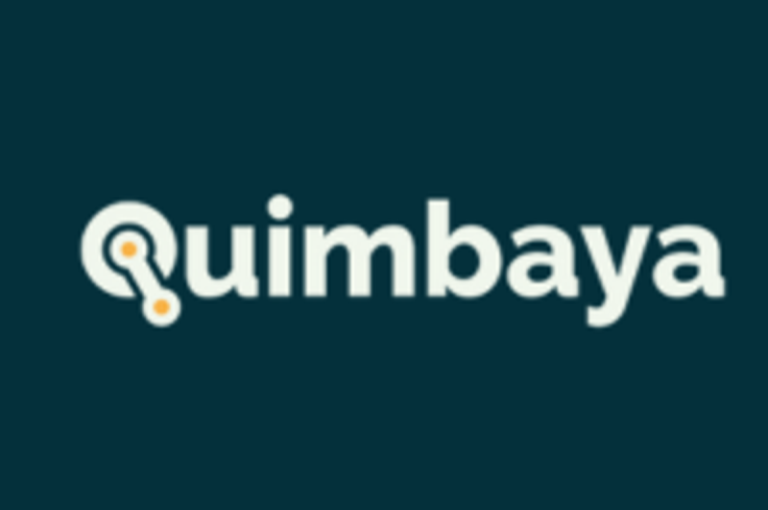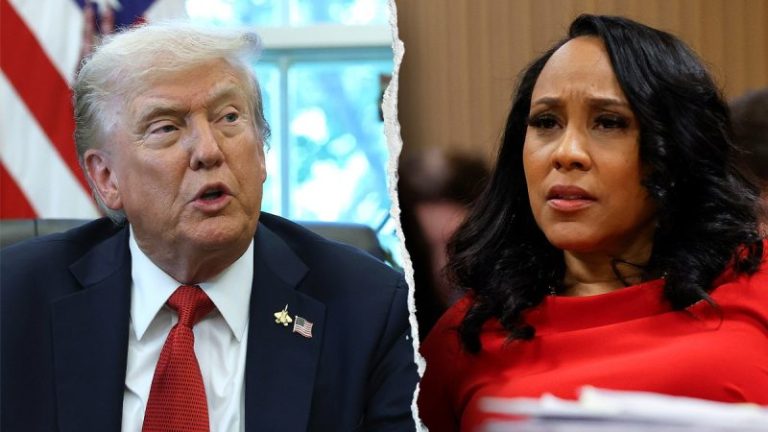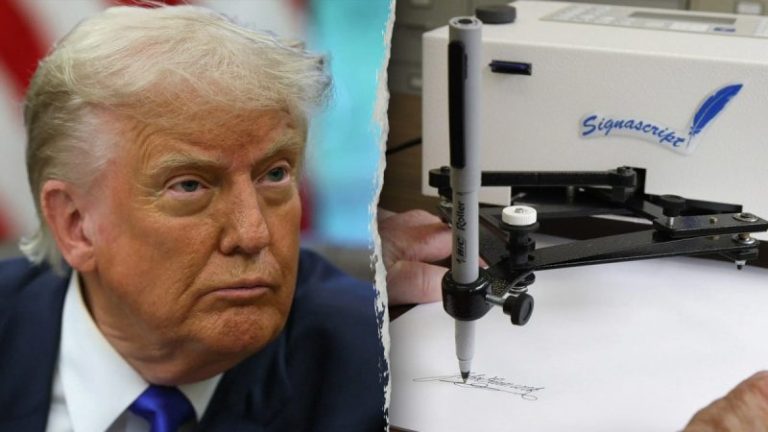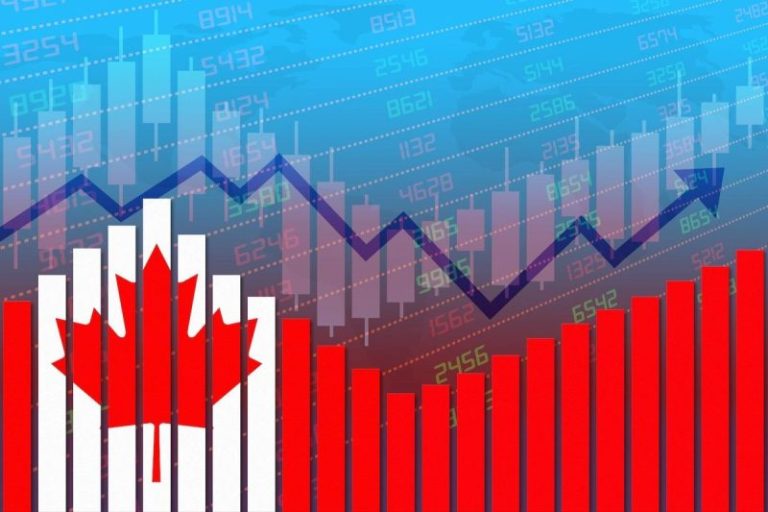Mineralization intersected in 8 of 9 holes at Tahami South, directly adjacent to Aris Mining’s producing operations in the Segovia gold district
Quimbaya Gold Inc. (CSE: QIM,OTC:QIMGF) (OTCQB: QIMGF) (FSE: K05) (‘Quimbaya’ or the ‘Company’) is pleased to announce the discovery of two new mineralized vein systems at its 100%-owned Tahami South Project in the Segovia-Remedios gold district of Antioquia, Colombia.
The Company’s ongoing drill program at Tahami South has successfully identified vein systems that include the previously targeted Vein S and Vein V, confirming the presence of mineralization consistent with quartz vein systems mined regionally. These results confirm the continuation of the Segovia district’s geological architecture onto Quimbaya’s ground, a core thesis of the Company’s strategy.
‘This is a milestone event for Quimbaya. These first vein discoveries validate our thesis and represent a turning point as we move from land assembly into value creation through the drill bit,’ said Alexandre P. Boivin, CEO of Quimbaya Gold. ‘They are not just promising results, they are proof that we’re on to a significant mineralized system, with the grades, geometry, and geology that define Colombia’s most productive gold district.’
Discovery Highlights
-
Several Veins intersected across multiple drill platforms
-
Mineralization intersected in 8 out of 9 drill holes, demonstrating strong structural continuity and robust targeting accuracy in the inaugural Phase 1 program.
-
Drilling remains ongoing, with over 4,000 meters completed to date; the program has been extended beyond its initial scope in response to encouraging early results.
-
Two distinct vein structures system (S & V) discovered, confirming Segovia-style mineral continuity on Quimbaya’s ground.
-
Mineralization comprises quartz, barite, carbonate veining with sulphide assemblage (pyrite, chalcopyrite, galena, sphalerite).
‘These intercepts confirm that we are tapping into the same geological architecture that has made the Segovia district one of the most prolific gold producers in Latin America,’ said Ricardo Sierra, B.Sc., AusIMM, VP Exploration. ‘We see clear continuity in structure, mineralogy, grade, and believe we are only beginning to uncover the full potential at Tahami South.’
While initial assay results have been received from select drill holes, the Company is continuing to await the return of a significant portion of its Phase 1 drill campaign. In the interest of providing a more complete and technically coherent picture of the emerging discovery at Tahami South, Quimbaya intends to release assay data once a critical mass of results has been compiled. This approach ensures a balanced and contextualized interpretation of both grade distribution and structural continuity, and reflects the Company’s commitment to disciplined, data-driven disclosure as the scale of the system comes into focus.
Strategic Implications: Thesis Confirmed
The discovery of vein systems that include the previously targeted Veins S and V represents the first clear technical validation of Quimbaya’s exploration thesis: that district-scale mineralized structures extend beyond known mines into underexplored ground. The Company’s focused land acquisition strategy prioritized claims with gold & silver+ at surface and proximity to producers, and now, early drilling confirms this model is working.
With over 4,000 meters already drilled, surpassing the originally planned Phase 1 total, the Company has extended its current program to follow up on promising early results and to further evaluate vein continuity at depth and along strike. The strong correlation between drill intercepts and the geological model has reinforced Quimbaya’s exploration thesis. These results not only validate the presence of a robust mineralized system but also provide clear vectors for systematic expansion drilling in 2026.
Figure 1. Plan view of Tahami South showing drill platform locations
To view an enhanced version of this graphic, please visit:
https://images.newsfilecorp.com/files/11347/276292_5f253638b40f0884_001full.jpg
Figure 2. System S
To view an enhanced version of this graphic, please visit:
https://images.newsfilecorp.com/files/11347/276292_5f253638b40f0884_002full.jpg
Figure 3. System S
To view an enhanced version of this graphic, please visit:
https://images.newsfilecorp.com/files/11347/276292_5f253638b40f0884_003full.jpg
Figure 4. System V
To view an enhanced version of this graphic, please visit:
https://images.newsfilecorp.com/files/11347/276292_5f253638b40f0884_004full.jpg
Figure 5. System V and S
To view an enhanced version of this graphic, please visit:
https://images.newsfilecorp.com/files/11347/276292_5f253638b40f0884_005full.jpg
Capital Strengthened Through Warrant Exercises; Equity Incentives Align Leadership for 2026
Quimbaya Gold is pleased to report that during the second half of 2025, a total of 2,169,164 common shares were issued through the exercise of stock options and warrants, resulting in gross proceeds of C$874,665. This influx of non-dilutive capital reinforces the Company’s treasury ahead of a fully funded 2026 drill campaign.
In parallel, the Company granted an aggregate of 614,034 Restricted Share Units (RSUs) to members of its senior management and board of directors under its equity incentive plan. These RSUs, which will vest in accordance with the plan and CSE policies, reflect Quimbaya’s continued focus on retaining top-tier leadership and aligning long-term performance with shareholder value.
Qualified Person
Ricardo Sierra, AusIMM, is a non-independent Officer ‘VP Exploration’ and the Qualified Person for this news release. Mr. Sierra has sufficient experience with South American exploration projects relevant to the style of mineralization and type of deposit under consideration. He consents to the inclusion of the Exploration Results in the form and context in which they appear.
About Quimbaya
Quimbaya aims to discover gold resources through exploration and acquisition of mining properties in the prolific gold mining districts of Colombia. Managed by an experienced team in the mining sector, Quimbaya is focused on three projects in the regions of Segovia (Tahami Project), Puerto Berrio (Berrio Project), and Abejorral (Maitamac Project), all located in Antioquia Province, Colombia.
Contact Information
Alexandre P. Boivin, President and CEO apboivin@quimbayagold.com
Sebastian Wahl, VP Corporate Development swahl@quimbayagold.com
Quimbaya Gold Inc.
Follow on X @quimbayagoldinc
Follow on LinkedIn @quimbayagold
Follow on YouTube @quimbayagoldinc
Follow on Instagram @quimbayagoldinc
Follow on Facebook @quimbayagoldinc
Cautionary Statements
Certain statements contained in this press release constitute ‘forward-looking information’ as that term is defined in applicable Canadian securities legislation. All statements, other than statements of historical fact, included herein are forward-looking information. Generally, but not always, forward-looking statements and information can be identified by the use of forward-looking terminology such as ‘intends’, ‘expects’ or ‘anticipates’, or variations of such words and phrases or statements that certain actions, events or results ‘may’, ‘could’, ‘should’, ‘would’ or ‘occur’. Forward-looking statements herein include statements and information regarding the Offering’s intended use of proceeds, any exercise of Warrants, the future plans for the Company, including any expectations of growth or market momentum, future expectations for the gold sector generally, the Colombian gold sector more particularly, or how global or local market trends may affect the Company, intended exploration on any of the Company’s properties and any results thereof, the strength of the Company’s mineral property portfolio, the potential discovery and potential size of the discovery of minerals on any property of the Company’s, including Tahami South, the aims and goals of the Company, and other forward-looking information. Forward-looking information by its nature is based on assumptions and involves known and unknown risks, uncertainties and other factors which may cause the actual results, performance or achievements of Quimbaya to be materially different from any future results, performance or achievements expressed or implied by such forward-looking statements or information. These assumptions include, but are not limited to, that the Company’s exploration and other activities will proceed as expected. The future outcomes that relate to forward-looking statements may be influenced by many factors, including but not limited to: future planned development and other activities on the Company’s mineral properties; an inability to finance the Company; obtaining required permitting on the Company’s mineral properties in a timely manner; any adverse changes to the planned operations of the Company’s mineral properties; failure by the Company for any reason to undertake expected exploration programs; achieving and maintaining favourable relationships with local communities; mineral exploration results that are poorer or better than expected; prices for gold remaining as expected; currency exchange rates remaining as expected; availability of funds for the Company’s projects; prices for energy inputs, labour, materials, supplies and services (including transportation); no labour-related disruptions; no unplanned delays or interruptions in scheduled construction and production; all necessary permits, licenses and regulatory approvals are received in a timely manner; the Offering proceeds being received as anticipated; all requisite regulatory and stock exchange approvals for the Offering are obtained in a timely fashion; investor participation in the Offering; and the Company’s ability to comply with environmental, health and safety laws. Although Quimbaya’s management believes that the assumptions made and the expectations represented by such information are reasonable, there can be no assurance that the forward-looking information will prove to be accurate. Furthermore, should one or more of the risks, uncertainties or other factors materialize, or should underlying assumptions prove incorrect, actual results may vary materially from those described in forward-looking statements or information. Readers are cautioned not to place undue reliance on forward-looking information as there can be no assurance that the plans, intentions or expectations upon which they are placed will occur. Forward-looking information contained in this news release is expressly qualified by this cautionary statement. The forward-looking information contained in this news release represents the expectations of Quimbaya as of the date of this news release and, accordingly, is subject to change after such date. Except as required by law, Quimbaya does not expect to update forward-looking statements and information continually as conditions change.
NOT FOR DISTRIBUTION TO UNITED STATES NEWS WIRE SERVICES OR FOR DISSEMINATION IN THE UNITED STATES
To view the source version of this press release, please visit https://www.newsfilecorp.com/release/276292
News Provided by Newsfile via QuoteMedia










